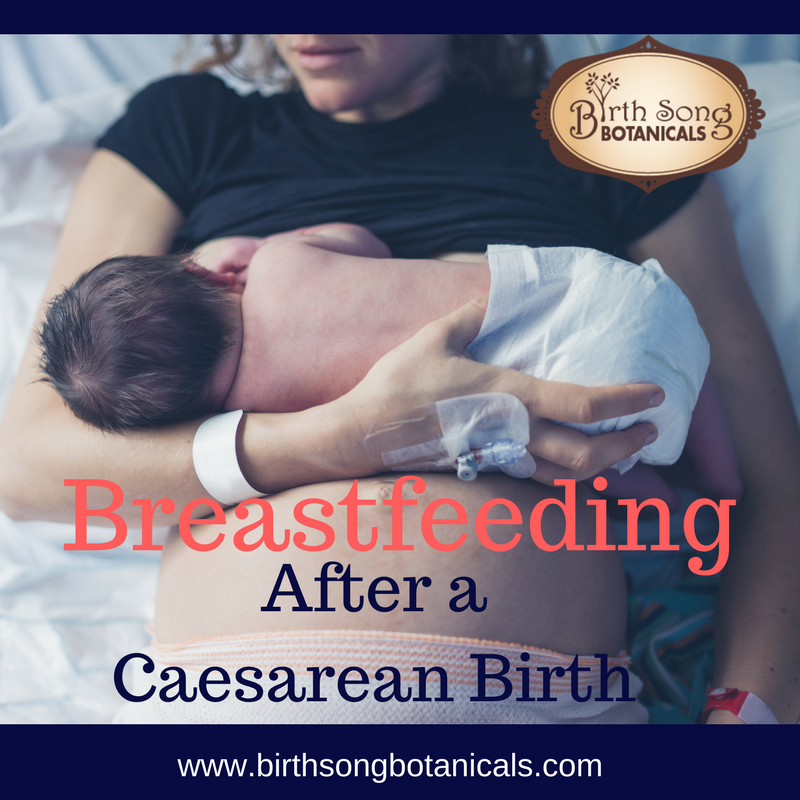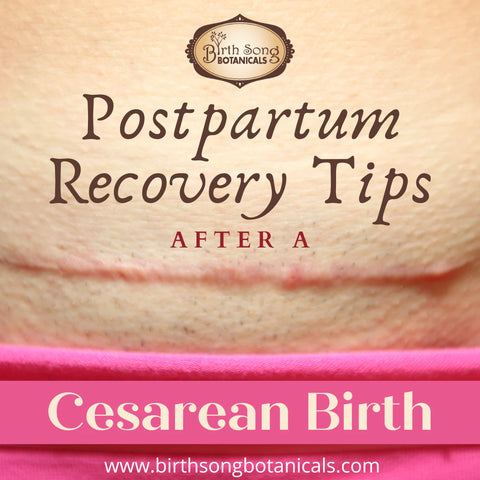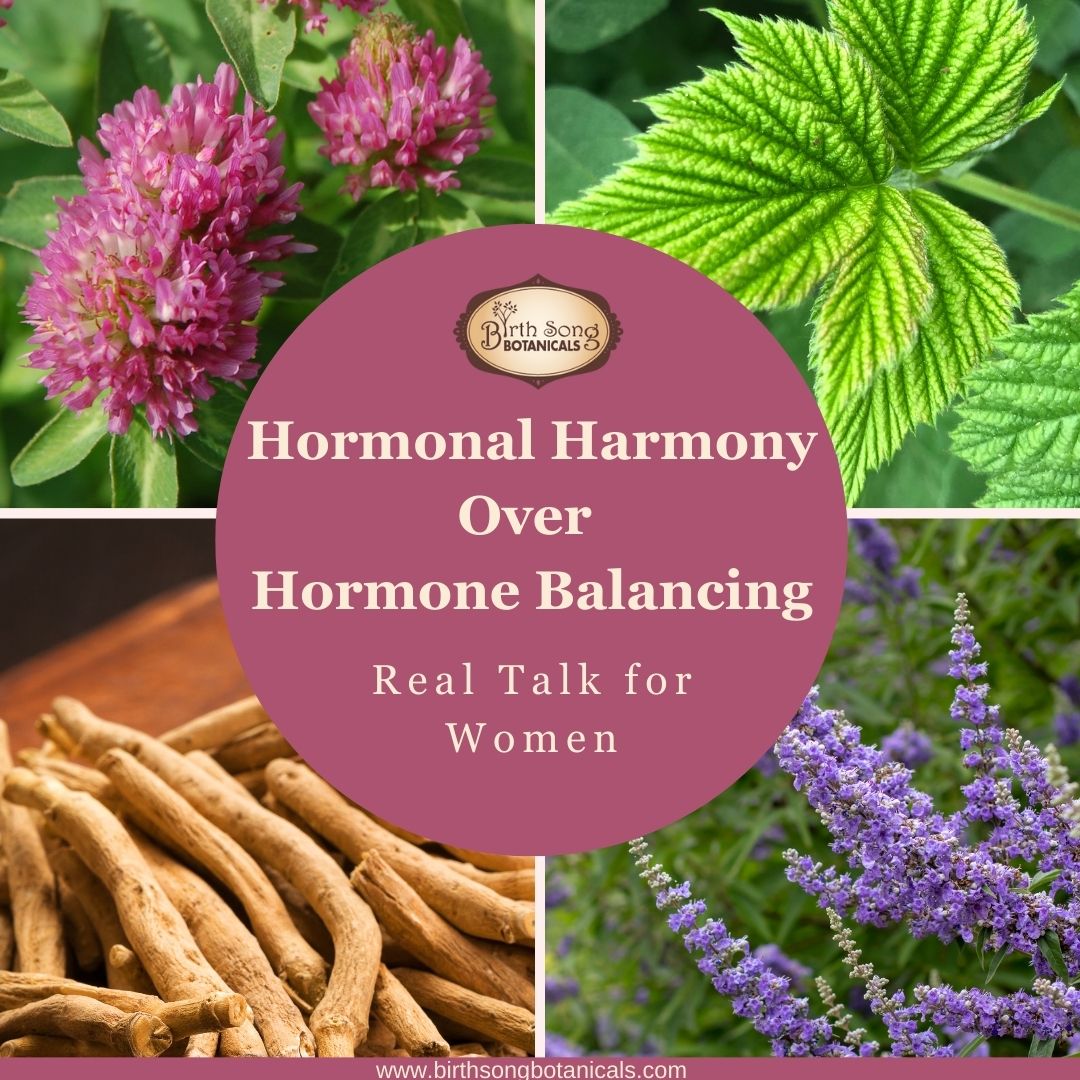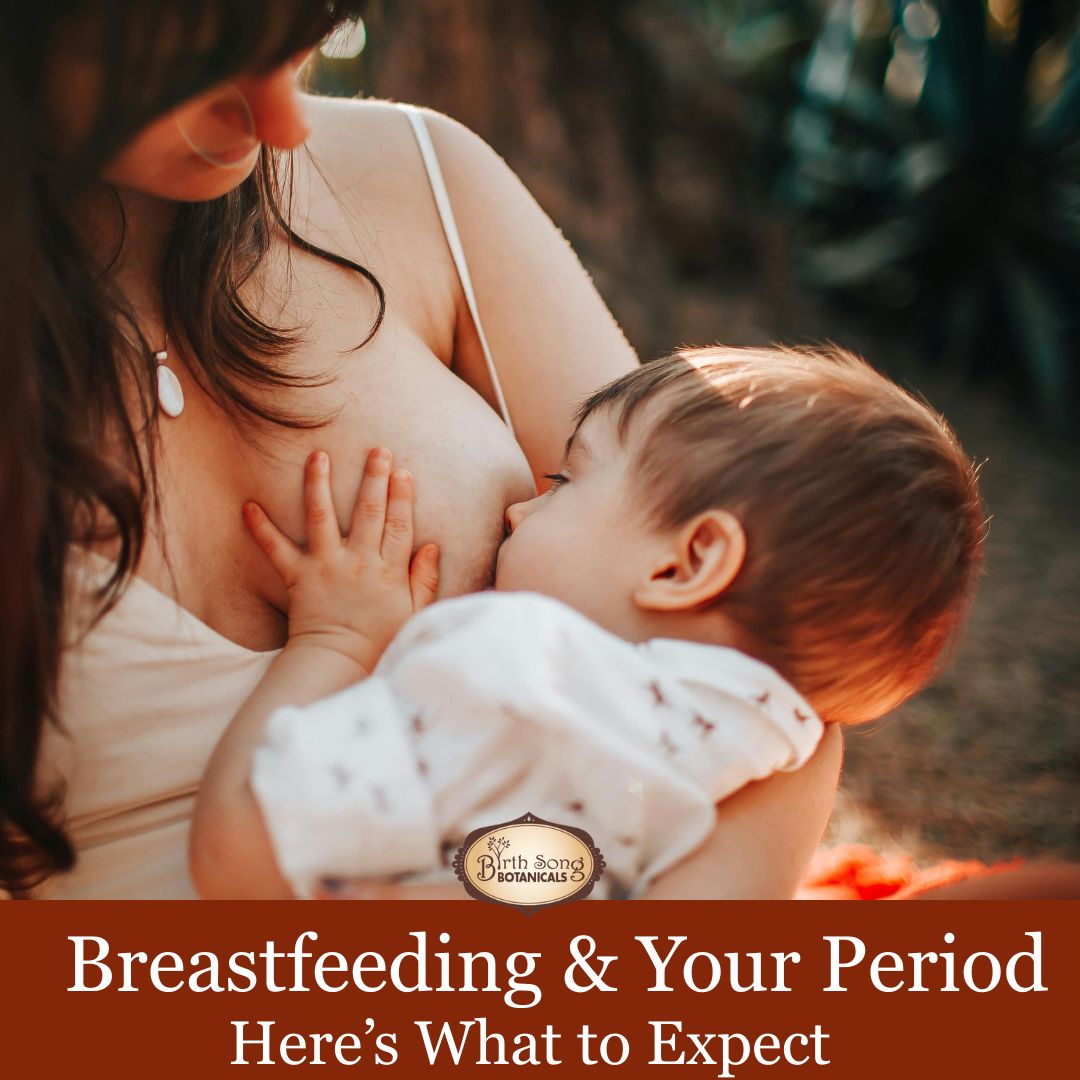Breastfeeding After a Cesarean Section

Breastfeeding after a caesarean section, in many ways, is the same as breastfeeding after a vaginal birth. However, there are a few things you will want to be aware of, and perhaps a few things you may be concerned about. It is always best to prepare ahead of time, make sure you have the support that you need, and get all your resources in place so that you can be successful breastfeeding.
Make a Breastfeeding Plan
If you know that you are going to be having a c-section, let your doctor know ahead of time that you would like to breastfeed your baby as soon after the birth as possible. If you have an epidural, you will most likely be able to breastfeed very soon after the birth - as long as there are no complications. You will be awake and alert during the delivery, which will allow you to interact with your baby as soon as she is born. If you are interested in immediate skin-to-skin contact, this may be possible. Talk to your doctor about the possibility of a gentle, family-centered caesarean delivery.
If you need to have general anesthesia, your baby can still benefit from immediate skin-to-skin contact with your partner. While you are recovering, your partner can snuggle with your new baby. As soon as you are awake and alert, you will be able to breastfeed.
Breastfeeding Immediately After Birth
You may need to stay lying flat for a little while after you have your c-section. In this case, it is helpful to know how to breastfeeding lying down. A lactation consultant can help you with this, or you can read about this position here.
Depending on what kind of anesthesia you had, your baby may be groggy too - so be patient. It may take a little longer for your baby to latch. You and your baby will still receive many benefits by being close together. Having your baby in a nursing position, with her on your naked chest and close to your breasts, will stimulate your baby's rooting reflexes. Your brain will release hormones that will help to facilitate your uterus to start contracting, slowing your bleeding and beginning the process of your uterus shrinking to its pre-pregnancy size.
Once you have recovered enough that you can comfortably sit up, breastfeeding your baby will be easier. Asking the nurses to make sure that your IV is in your non-dominant arm (the opposite side from the one that you write with) will make it easier to hold your baby. The most common breastfeeding position to start with is your baby draped across your lap; sometimes propped up by a pillow or using a nursing bolster. It is helpful to ask for help from an experienced nurse or the lactation consultant to try out different nursing positions that don’t place so much pressure on your incision.
Anesthesia and Pain Medication
Many mothers are concerned about the potential effects of anesthesia and pain medication on their new baby. Of course, talk to your doctor and nurses about any concerns you have. You may have special circumstances or need medications that are not safe for breastfeeding. However, generally speaking, most medications used during c-sections and for post-operative pain relief are safe for breastfeeding. Make sure that your care providers know of your plans to breastfeed, so that they can work with you to meet your goals.

When you are Home
Once you are home from the hospital, recovering from your c-section and breastfeeding will require a little more planning on your part. Prioritize your own care and recovery. Not only are you recovering from pregnancy and delivery, with all the hormone shifts and blood loss that is normal, you are recovering from major surgery! Our c-section recovery kit will help you to focus on yourself, so that you can have the energy to give to your baby in the ways that you want to. Make sure you are as well-rested, well-nourished, and well-fed as possible. Enlist the aid of the people who were offering to help before you had the baby. Let them cook for you, and do your laundry, and take your other children for the afternoon. If you have the resources to, hire a postpartum doula.
In the first couple of weeks after your c-section, you will still be sore and your incision may be uncomfortable. You will probably need to try different breastfeeding positions to find what works best for you and your baby, while paying special attention to your healing incision. Getting up and around could be uncomfortable for a while (although it is important for you to move your body!) and so you might need to allow extra time for yourself. Having someone around to help for the first several weeks is especially important after you have had a c-section.
Breastfeeding after a cesarean section can be a wonderful and nurturing part of you and your newborn's first couple of weeks. There are a few additional challenges, but with planning and getting the help that you need, you can be successful in your breastfeeding goals. Your body is amazing and resilient, and will provide what your baby needs in almost every case. Don’t hesitate to ask for help and receive the help that is offered. Your most important job for the next little while is taking care of yourself and taking care of your baby. The busyness of the world will intrude on your new-baby bubble soon enough! For the time being, focus on yourself and your little one and building the breastfeeding relationship that will see you through your breastfeeding journey.
I sincerely hope these tips support your breastfeeding success!
Hug your sweet baby, and remember to let your love and your milk flow!
Maria
🌿
🌿Want More?!? Check These Out! 🌿
Breastfeeding Immediately After Birth
7 Tips for Breastfeeding Success
The Ultimate Breastfeeding Guide
Breastfeeding 101- Best Breastfeeding Practices
Four Healthy Habits to Start on Your Baby’s First Day
8 Things I Wish I Knew About Breastfeeding Before Giving Birth!
How to Treat Clogged Milk Ducts and Prevent Mastitis.
Why Do I Have a Low Milk Supply?
How to Increase Your Breastmilk Supply Quickly
Treating Nipple Thrush Naturally
How to Heal Sore Nipples from Breastfeeding
How to Achieve A Proper Breastfeeding Latch
Herbs To Avoid While Breastfeeding
Benefits of Fenugreek for Breastfeeding
Safe Herbs for Breastfeeding With A Cold
Breastfeeding While Sick
The First Few Weeks of Breastfeeding
Best Baby Carriers for Breastfeeding
Four Common Breastfeeding Problems and Solutions
Three Lactation Problems and How to Solve Them
Three Breastfeeding Tips for New Moms
How to Include Your Partner While Breastfeeding
How Often Should I Breastfeed?
How to Wake a Sleepy Newborn to Breastfeed
Is My Baby Getting Enough Milk?
Normal Weight Gain for Breastfed Babies
4 Signs Your Baby is Having a Growth Spurt
Breastfeeding A Baby with Tongue or Lip Tie
Breastfeeding After a Cesarean Section
Breastfeeding in Special Circumstances
Breastfeeding with Flat or Inverted Nipples
Breastfeeding a Pre-Term Baby
Tandem Breastfeeding
Breastfeeding Twins
Do I Need A Breast Pump?
Pumping Breast Milk to Return to Work
Breastfeeding Nutrition
Healthy Snacks for Breastfeeding
How to Know If You’re Dehydrated While Nursing
Breastfeeding Boosts Babies' Immune Systems and Prevents Illness
Breastfeeding Saves Sleep
Safe Co Sleeping with Your Baby
Tips for Breastfeeding While Pregnant
Breastfeeding in Public
Breastfeeding and Sex
Breastfeeding and Birth Control
The Relationship Between Breastfeeding and Menstruation
When Will My Menstrual Cycle Return After Having a Baby
Five Benefits to Extended Breastfeeding
How Breastfeeding Changes As Baby Grows
Five Reasons to Breastfeed Your Baby After Six Months
Weaning Gently and Intuitively
Is CBD Oil Safe for Breastfeeding and Lactation?
Can I Drink Alcohol and Breastfeed?
How My Breastfeeding Failure Was My Biggest Win
Common Holiday Breastfeeding Issues and How to Prevent Them!
Re-Lactation and Induced Lactation: Breastfeeding After a Break or When You Never Have
Remember to:
Like our Birth Song Botanicals Facebook Page
Follow Birth Song Botanicals Co. on Instagram
Read our Birth Song Botanicals Blog
Watch Birth Song Botanicals on Youtube
Listen to Birth Song Botanicals on SoundCloud
Be inspired by Birth Song Botanicals on Pinterest









